Beyond Agni and BrahMos: These lesser-known Indian missiles are nightmare for Pakistan
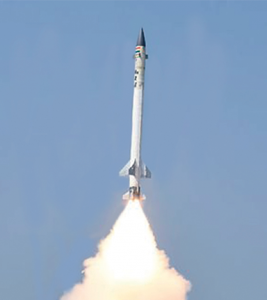
In the aftermath of India’s recent ‘Operation Sindoor’, which targeted terrorist infrastructure in Pakistan and Pakistan-occupied Jammu and Kashmir, attention has turned to India’s formidable missile arsenal that underpins its strategic deterrence. While much focus has been on well-known systems like the Agni series and BrahMos, India has also developed a range of lesser-known missiles that enhance its defence capabilities.
Lesser-Known Indian missiles enhancing strategic deterrence:
1. Rudram Series
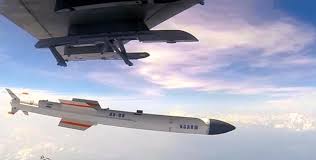 Pic – Rau’s IAS
Pic – Rau’s IAS
The Rudram series represents India’s strides in developing indigenous anti-radiation missiles:
Rudram-1 (NGARM): Designed for Suppression of Enemy Air Defences (SEAD), it targets enemy radar and communication systems. Integrated with Su-30MKI jets, it employs INS-GPS navigation and a Passive Homing Head for precise targeting.
Rudram-II: An advanced variant with a range of approximately 350 km and speeds up to Mach 5.5. It features a 200 kg payload and can be launched from altitudes between 3km and 15km. The missile uses a combination of INS, satellite navigation, and imaging infrared seekers for guidance.
2. Bhargavastra
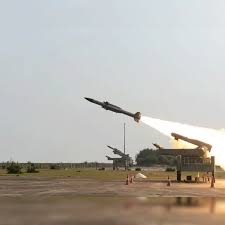
The Bhargavastra is India’s first indigenously developed counter-drone micro-missile system. Successfully tested in January 2025 at Odisha’s Gopalpur Seaward Firing Ranges, it is designed to neutralise small UAVs efficiently across diverse terrains, including high-altitude regions up to 5,000 meters. Mounted on a mobile 4×4 platform, it can launch up to 64 micro-missiles simultaneously, making it ideal for countering drone swarms. The system integrates advanced technologies like a C4I system, EO/IR sensors for low-visibility operations, and AI-enhanced targeting, offering both “hard-kill” (missile-based) and “soft-kill” (electronic disruption) options.
3. VSHORAD system
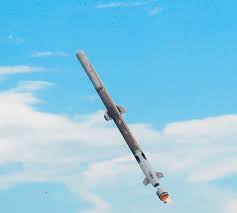
Developed by the Defence Research and Development Organisation (DRDO), the VSHORAD system is a man-portable air-defence system designed to counter low-altitude aerial threats such as drones, helicopters, and fighter jets. The system has completed development and is expected to be inducted into the Indian Armed Forces. It features infrared homing guidance and is designed for flexible deployment, including man-portable configurations and ship-based platforms. The Ministry of Defence has released a Request for Proposal for the procurement of 48 launchers and 85 missiles.
4. QRSAM
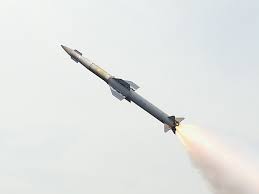
The Quick Reaction Surface-to-Air Missile (QRSAM) is a compact and highly mobile air defence system developed by DRDO, Bharat Electronics Limited, and Bharat Dynamics Limited. Mounted on an 8×8 truck, it provides 360-degree defence coverage and is capable of targeting multiple aerial threats simultaneously. Each launcher carries six missiles and can engage six different targets. The system features electronic counter-countermeasure capabilities to remain immune to jamming and is equipped with a mid-course inertial navigation system and a terminal active radar seeker. Its command and control system, target acquisition, and fire control are fully automated.
PNN
News